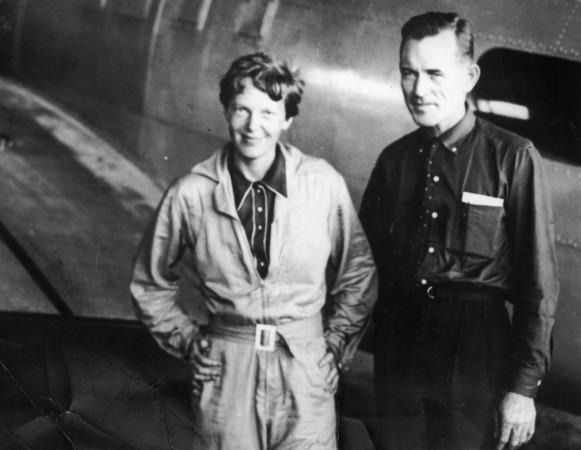
Bones discovered in 1940 on the uninhabited Pacific island of Nikumaroro likely belonged to legendary US pilot Amelia Earhart, scientists say.
Earhart, the first woman to fly alone across the Atlantic Ocean, disappeared while flying over the Pacific as part of an attempt to circumnavigate the globe in 1937.
One of the most tantalizing clues about Earhart's final resting place involves skeletal bones that were unearthed from Nikumaroro, which lies some 640km southeast of her intended destination of Howland Island.
The bones were studied in 1941 by physician D W Hoodless, who concluded that they belonged to a male.
But Richard Jantz, professor emeritus of anthropology at the University of Tennessee, reexamined seven bone measurements made by Hoodless using modern quantitative techniques.
The analysis revealed that estimates of Earhart's bone lengths are more similar to the Nikumaroro bones than 99% of individuals in a large reference sample.
The findings are detailed in the journal Forensic Anthropology.
If true, it would confirm the theory that Earhart died as a castaway on the uninhabited island of Nikumaroro – and not in a plane crash in the Pacific.
"She was known to have been in the area of Nikumaroro Island, she went missing, and human remains were discovered which are entirely consistent with her and inconsistent with most other people," Jantz said.
"Until definitive evidence is presented that the remains are not those of Amelia Earhart, the most convincing argument is that they are hers."
Jantz added that Hoodless had erred in his assessment of the Nikumaroro bones, as forensic osteology was not yet a well-developed discipline in the 1940s.
"Evaluating his methods with reference to modern data and methods suggests that they were inadequate to his task; this is particularly the case with his sexing method," he said.
"Therefore his sex assessment of the Nikumaroro bones cannot be assumed to be correct."
A British Colonial Service expedition to Nikumaroro in 1940 found the bones, along with part of a woman's shoe, a box for a sextant similar to the one used by Earhart's navigator, Fred Noonan, and a bottle of herbal liqeur.
The most popular theory for Earhart's disappearance is that her twin-engined Lockheed Electra plane ran out of fuel before reaching Howland Island and crashed into the open ocean somewhere in the vicinity of the island.















